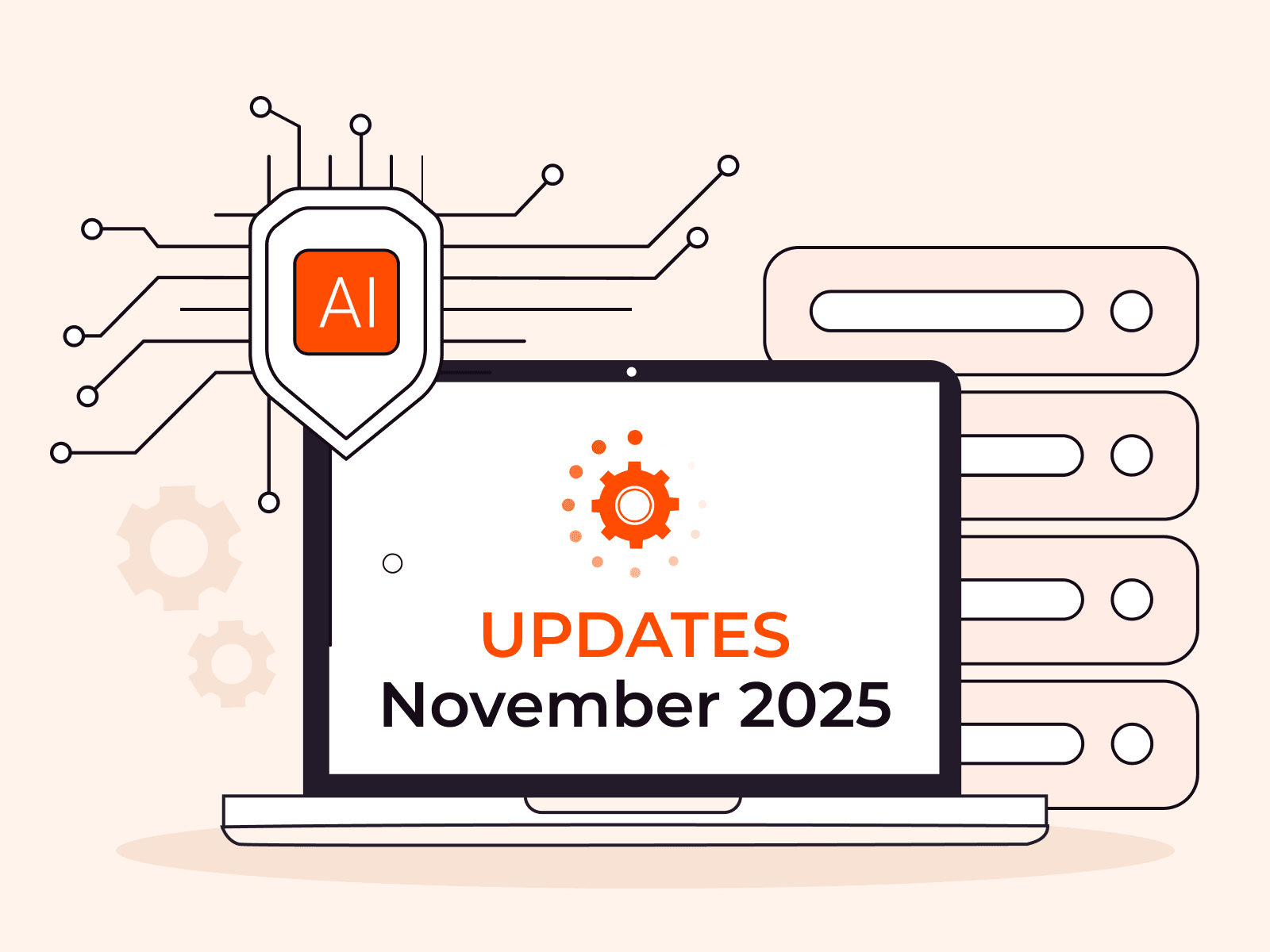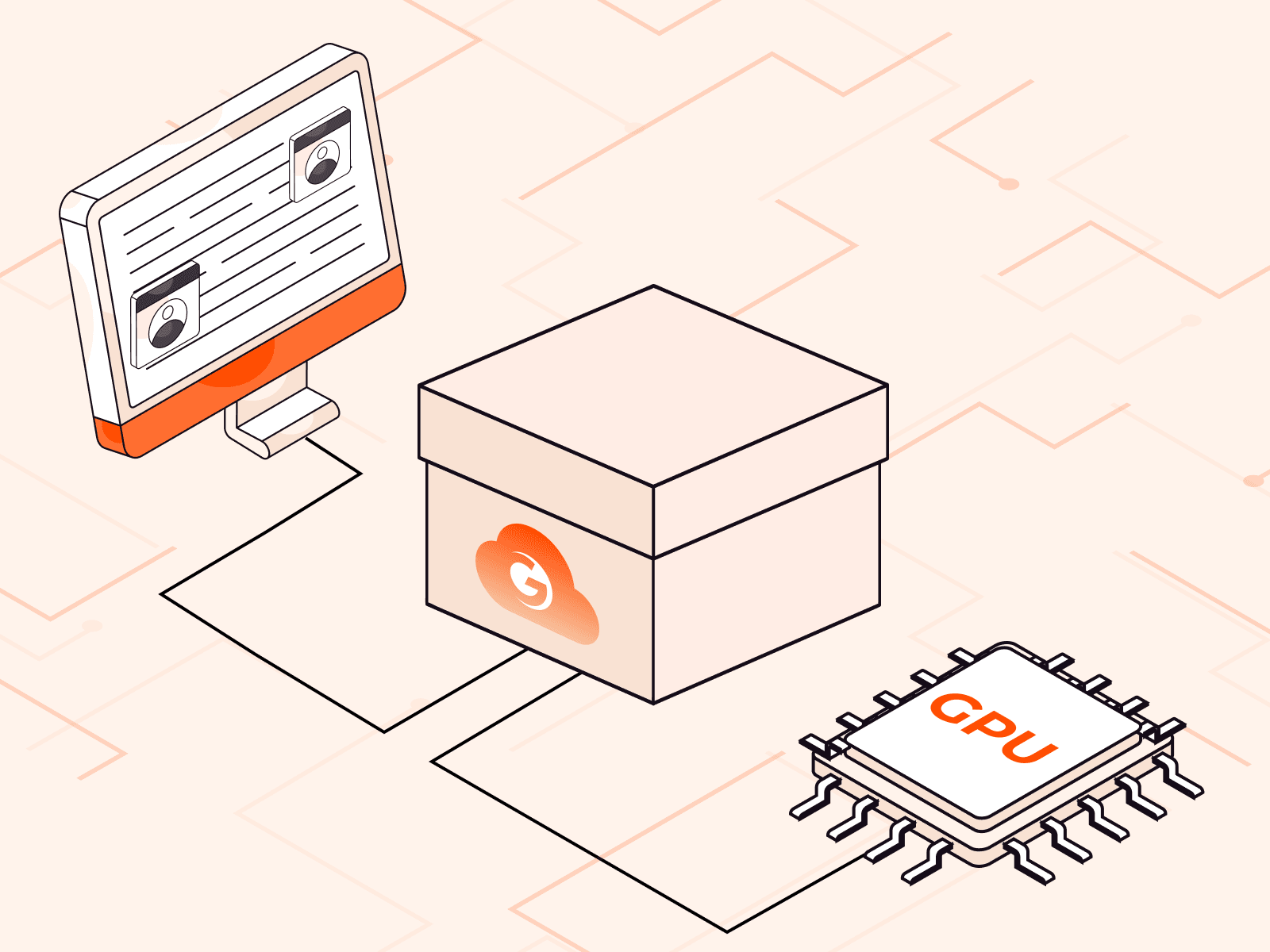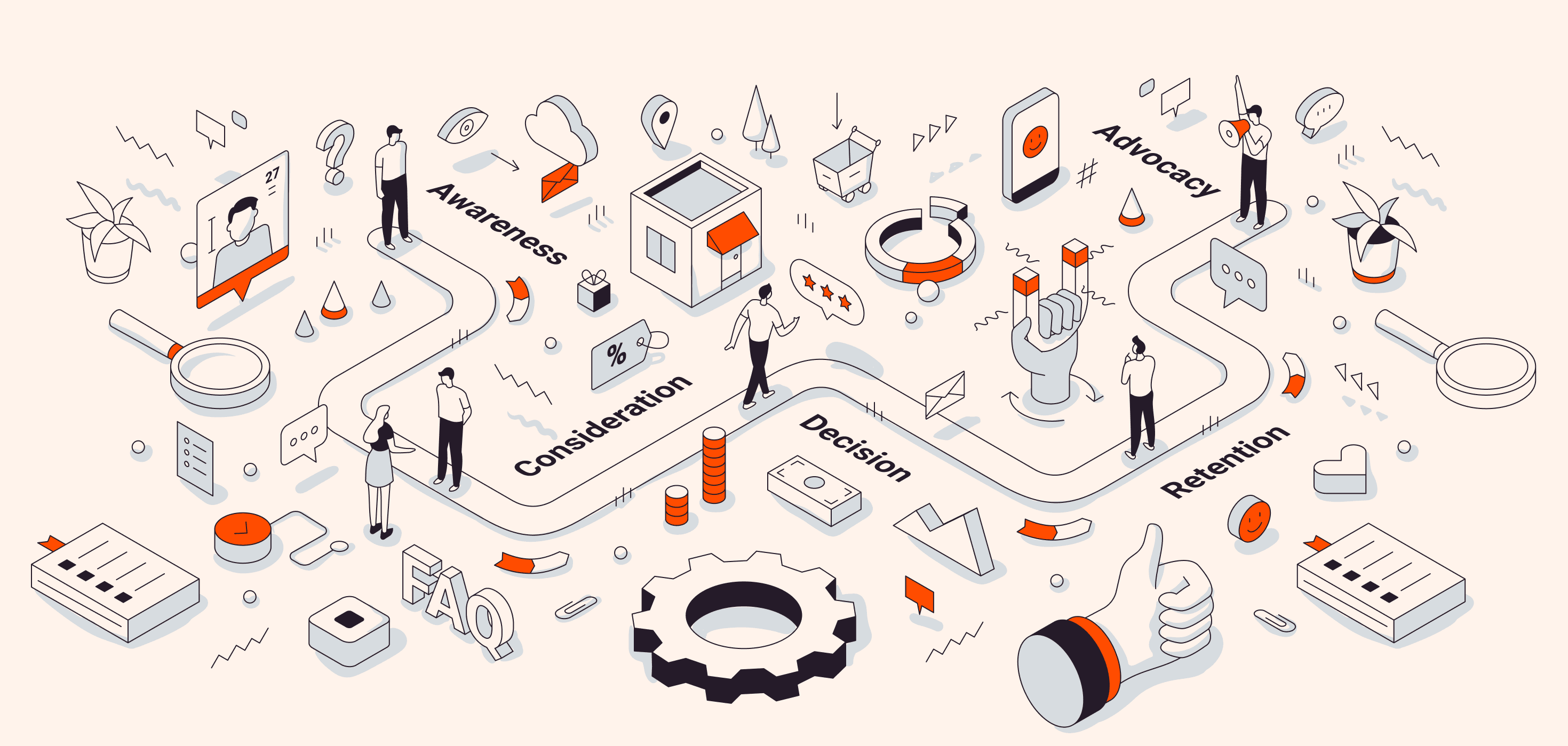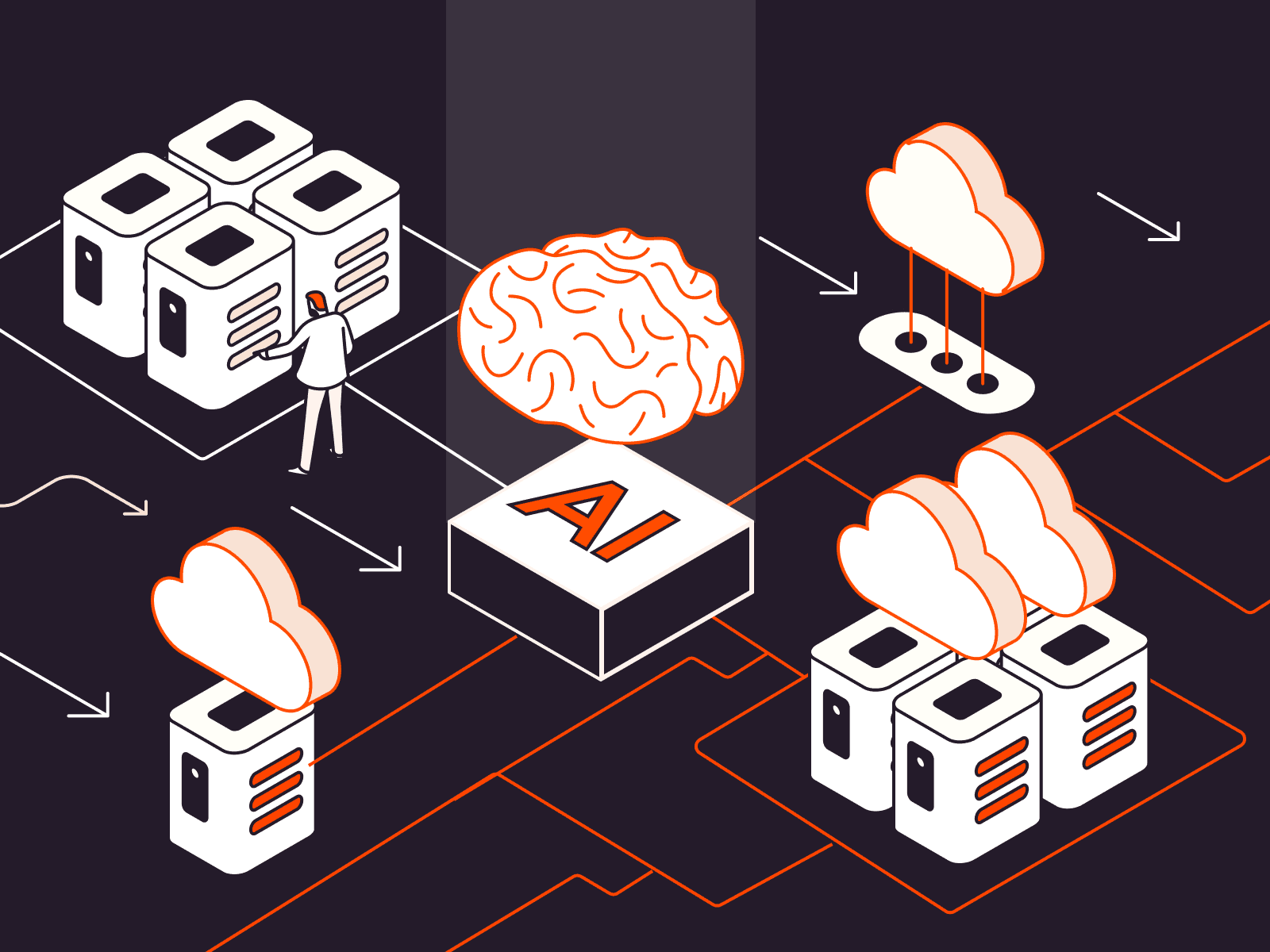Securing vibe coding: balancing speed with cybersecurity
- May 21, 2025
- 3 min read

Vibe coding has emerged as a cultural phenomenon in 2025 software development. It’s a style defined by coding on instinct and moving fast, often with the help of AI, rather than following rigid plans. It lets developers skip exhaustive design phases and dive straight into building, writing code (or prompting an AI to write it) in a rapid, conversational loop. It has caught on fast and boasts a dedicated following of developers hosting vibe coding game jams.
So why all the buzz? For one, vibe coding delivers speed and spontaneity. Enthusiasts say it frees them to prototype at the speed of thought, without overthinking architecture. A working feature can be blinked into existence after a few AI-assisted prompts, which is intoxicating for startups chasing product-market fit. But as with any trend that favors speed over process, there’s a flip side.
This article explores the benefits of vibe coding and the cybersecurity risks it introduces, examines real incidents where "just ship it" coding backfired, and outlines how security leaders can keep up without slowing innovation.
The upside: innovation at breakneck speed
Vibe coding addresses real development needs and has major benefits:
- Allows lightning-fast prototyping with AI assistance. Speed is a major advantage, especially for startups, and allows faster validation of ideas and product-market fit.
- Prioritizes creativity over perfection, rewarding flow and iteration over perfection.
- Lowers barriers to entry for non-experts. AI tooling lowers the skill floor, letting more people code.
- Produces real success stories, like a game built via vibe coding hitting $1M ARR in 17 days.
Vibe coding aligns well with lean, agile, and continuous delivery environments by removing overhead and empowering rapid iteration.
When speed bites back
Vibe coding isn’t inherently insecure, but the culture of speed it promotes can lead to critical oversights, especially when paired with AI tooling and lax process discipline. The following real-world incidents aren’t all examples of vibe coding per se, but they illustrate the kinds of risks that arise when developers prioritize velocity over security, skip reviews, or lean too heavily on AI without safeguards. These three cases show how fast-moving or under-documented development practices can open serious vulnerabilities.
xAI API key leak (2025)
A developer at Elon Musk’s AI company, xAI, accidentally committed internal API keys to a public GitHub repo. These keys provided access to proprietary LLMs trained on Tesla and SpaceX data. The leak went undetected for two months, exposing critical intellectual property until a researcher reported it. The error likely stemmed from fast-moving development where secrets were hardcoded for convenience.
Malicious NPM packages (2024)
In January 2024, attackers uploaded npm packages like warbeast2000 and kodiak2k, which exfiltrated SSH keys from developer machines. These were downloaded over 1,600 times before detection. Developers, trusting AI suggestions or searching hastily for functionality, unknowingly included these malicious libraries.
OpenAI API key abuse via Replit (2024)
Hackers scraped thousands of OpenAI API keys from public Replit projects, which developers had left in plaintext. These keys were abused to access GPT-4 for free, racking up massive bills for unsuspecting users. This incident shows how projects with weak secret hygiene, which is a risk of vibe coding, become easy targets.
Securing the vibe: smart risk mitigation
Cybersecurity teams can enable innovation without compromising safety by following a few simple cybersecurity best practices. While these don’t offer 100% security, they do mitigate many of the major vulnerabilities of vibe coding.
- Integrate scanning tools: Use SAST, SCA, and secret scanners in CI/CD. Supplement with AI-based code analyzers to assess LLM-generated code.
- Shift security left: Embed secure-by-default templates and dev-friendly checklists. Make secure SDKs and CLI wrappers easily available.
- Use guardrails, not gates: Enable runtime protections like WAF, bot filtering, DDoS defense, and rate limiting. Leverage progressive delivery to limit blast radius.
- Educate, don’t block: Provide lightweight, modular security learning paths for developers. Encourage experimentation in secure sandboxes with audit trails.
- Consult security experts: Consider outsourcing your cybersecurity to an expert like Gcore to keep your app or AI safe.
Secure innovation sustainably with Gcore
Vibe coding is here to stay, and for good reason. It unlocks creativity and accelerates delivery. But it also invites mistakes that attackers can exploit. Rather than fight the vibe, cybersecurity leaders must adapt: automating protections, partnering with devs, and building a culture where shipping fast doesn't mean shipping insecure.
Want to secure your edge-built AI or fast-moving app infrastructure? Gcore’s Edge Security platform offers robust, low-latency protection with next-gen WAAP security and DDoS mitigation to help you innovate confidently, even at speed. As AI and security experts, we understand the risks and rewards of vibe coding, and we’re ideally positioned to help you secure your workloads without slowing down development.
Related articles
Subscribe to our newsletter
Get the latest industry trends, exclusive insights, and Gcore updates delivered straight to your inbox.






